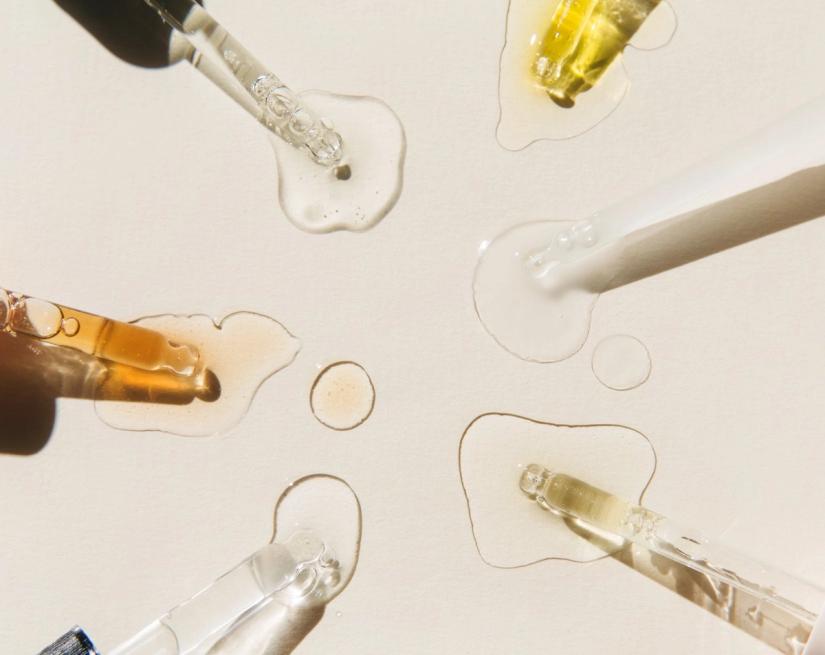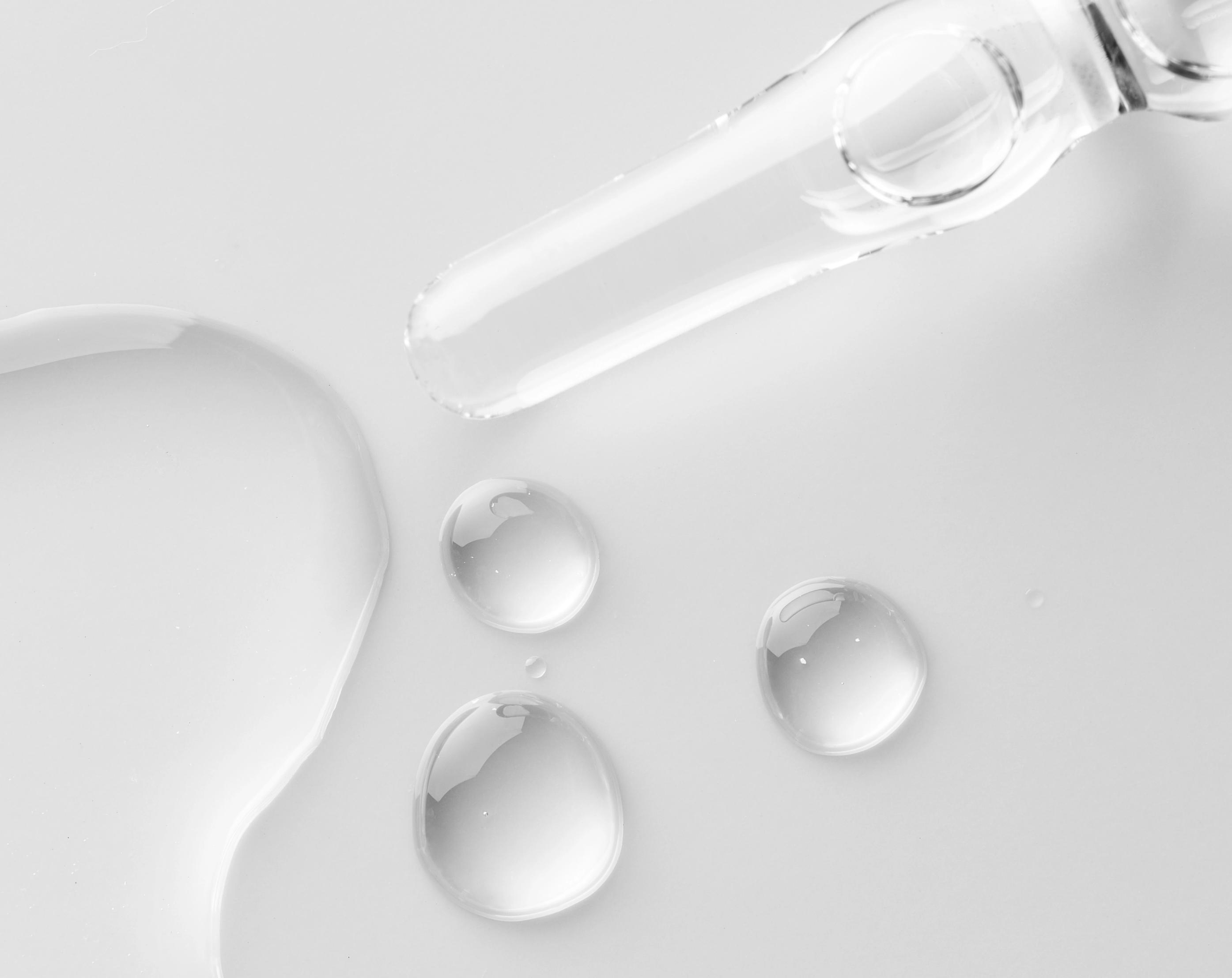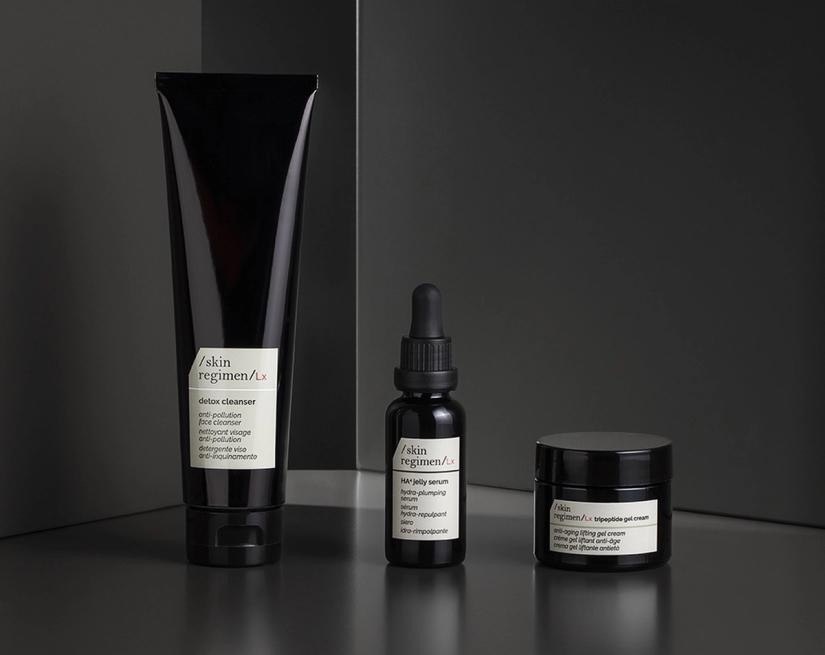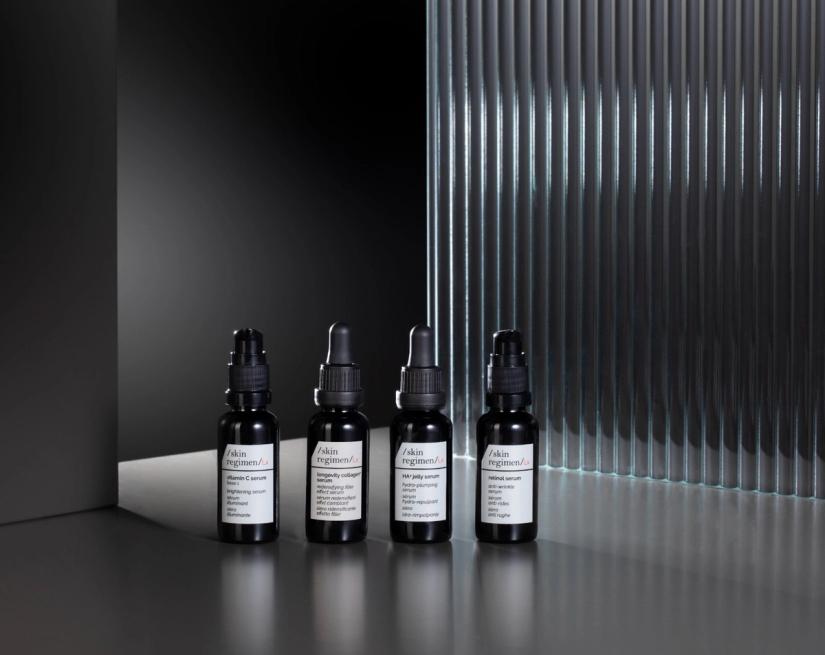skin care
How to Use Retinol in Your Skincare Routine
Eve Mérinville | Corporate RD Excellence & SC RD and Innovation Director
8 min read

When it comes to fine lines, breakouts and anti-aging, there's no ingredient quite as powerful as retinol. We're breaking down everything you need to know about how to use retinol in your daily skincare regimen.
There's a reason that retinol is the buzziest ingredient in skincare. This superstar anti-aging ingredient is key for addressing various skin concerns from wrinkles to uneven texture to breakouts and hyperpigmentation.
Essentially, retinol is Vitamin A in its purest form. Retinol has been a major player in the skincare game for over fifty years. Tretinoin, a generic form of retinol, was originally patented as an acne treatment by a dermatologist in 1967. When the doctor's older patients noticed that the drug also improved their dark spots and wrinkles, it took on a new life as an anti-aging product.
Retinol promotes skin renewal, brightens skin tone, reduces acne, and boosts collagen production. It also functions as an antioxidant, addressing free radical damage and the visible signs of sun-damaged skin like sun spots. Below, we break down everything you need to know about retinol, including choosing the right retinol formula and how to incorporate retinol skin care products into your daily skincare regimen.
What Is Retinol?
Retinol is a retinoid, the blanket term for a class of compounds including retinol, tretinoin, adapalene, tazarotene, alitretinoin, and bexarotene. All retinoids, including retinol, are Vitamin A derivatives. Vitamin A is a naturally occurring vitamin that helps cells reproduce normally. When applied to the skin, retinoids encourage rapid skin cell turnover. This means that when facial skin cells die, the outermost layer of dead skin cells slough off and a new, healthier layer of skin is revealed. It also means that the collagen that those cells create can be newly stimulated.
With regular use, retinoids promise to improve uneven skin texture, wrinkles, sun spots, age spots, visibly enlarged pores, and fight acne and blackheads. Retinol has also been shown to increase the production of collagen, the protein that gives skin strength and elasticity. Overall, retinol skin care products help users get smoother skin that's clear and displays reduced signs of skin aging.
If you're struggling with acne breakouts or are seeking a more aggressive approach to fighting wrinkles, it might be worth talking to a dermatologist about getting a prescription for this anti-aging skin care ingredient. However, if you're not dealing with any specific skin concerns regularly and still want to improve the overall appearance of your complexion, a lesser dose is probably all you need.
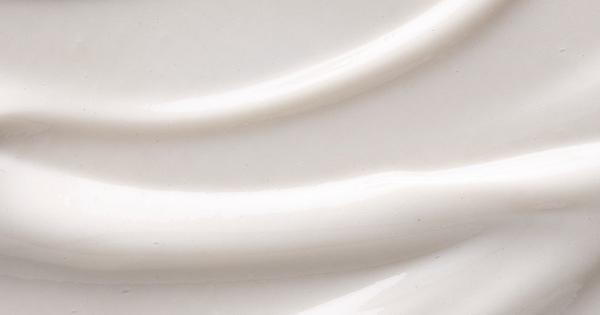
Prescription-Strength Retinoid vs. Over-The-Counter Options
Prescription-strength retinol contains a much higher concentration of the active ingredient retinoic acid and fewer emollients compared to over-the-counter brands. Over-the-counter retinoids contain lower strengths of retinol than prescription products and usually include the emollient ingredients needed to help soothe and hydrate the skin, cutting down on much of the redness, dryness, skin irritation, and peeling associated with using retinol.
The basic difference between prescription retinoids and over-the-counter formulas is that prescription products are designed to help you achieve visible results much more quickly. Both formulas do exactly the same thing, it may just take longer to see results with the less-potent concentrations. A prescription-strength retinol can give you results in as little as 6 weeks, while an over-the-counter retinol can take around 8 to 10 weeks to yield results.
Things To Keep In Mind When Using Topical Retinoids
Retinol is a skincare powerhouse, reducing the appearance of large pores, uneven skin, dry skin, dull skin, and fine lines. But it's important to be aware of the product packaging when purchasing an over-the-counter retinol formula. In order for retinol's stability (and therefore efficacy) to be maintained, it needs minimal exposure to light and air, so avoid retinol packaged in jars or clear vessels.
Another potential negative aspect to using retinol is the possibility of skin irritation. Because retinol is such a powerful ingredient, it can cause reactions like redness and peeling in people with delicate skin. For that reason, it's best to start out by using it twice a week before building up to everyday use or higher concentrations. Some people may also prefer to introduce retinol into their nightly routine first, to reduce the chance of skin irritation due to the sun.
Breastfeeding or pregnant women should always check with a doctor before using a retinol-based product, since using any derivative of vitamin A in your skincare regimen while pregnant can impact the health of the baby.
Possible Side Effect Of Retinol
Retinol is a skincare powerhouse, reducing the appearance of large pores, uneven skin, dry skin, dull skin, and fine lines. But it's important to be aware of the product packaging when purchasing an over-the-counter retinol formula. In order for retinol's stability (and therefore efficacy) to be maintained, it needs minimal exposure to light and air, so avoid retinol packaged in jars or clear vessels.
Another potential negative aspect to using retinol is the possibility of skin irritation. Because retinol is such a powerful ingredient, it can cause reactions like redness and peeling in people with delicate skin. For that reason, it's best to start out by using it twice a week before building up to everyday use or higher concentrations. Some people may also prefer to introduce retinol into their nightly routine first, to reduce the chance of skin irritation due to the sun.
Breastfeeding or pregnant women should always check with a doctor before using a retinol-based product, since using any derivative of vitamin A in your skincare regimen while pregnant can impact the health of the baby.
Retinol Do’s and Don’ts
Do:
- Start with a low concentration
- Apply on dry skin at night
- Follow with a moisturizer
- Use SPF every morning
- Introduce gradually (1–2x/week to start)
Don't:
- Use daily right away if you’re new to retinol
- Apply to damp skin (can increase irritation)
- Skip hydration—retinol can be drying
- Use retinol in the morning without sun protection
- Combine with other strong actives unless advised
Which Type Of Retinoid To Use Based On Your Skin Type
Your dermatologist is the best person to consult when it comes to retinol strength and concentration.
However, if you're starting an over-the-counter retinol regimen, keep these tips in mind when it comes to your skin type:
- People with dry skin should use retinol in combination with hyaluronic acid. Hyaluronic acid provides a hydration boost to thirsty skin without making skin appear oily. Together, these ingredients can combat the drying effects of retinol. Massage your skin regularly
- People with sensitive skin should apply retinol after applying their moisturizer to help buffer the effects and reduce the chance of irritation.
- Those with People naturally oily, normal, or combination skin can use any type of retinol product. Retinol helps reduce skin's oiliness by promoting skin turnover, which clears clogged pores.
How Top Apply Retinol:
Despite the overwhelming positive benefits, retinol can sometimes irritate sensitive skin, causing dryness and flakiness for some. If you're just learning the basics about how to use retinol and haven't used it before, start out by applying it once or twice a week. Always apply retinol products at night, as sunlight can diminish their power.
If you're a prescription-strength user, use retinol as the first layer on your skin after washing your face with a cleansing cream and before applying your anti-aging moisturizer. Otherwise, follow the instructions on your over-the-counter formula. Retinols come in all forms—including serums, oils, and creams—so let the medium dictate the message. And remember, as is the case with most active ingredients, a little goes a long way—you only need a pea-size amount for your entire face.
Avoid using other products with exfoliating or acne-fighting ingredients at the same time as retinol products, and be sure to apply an anti-aging sunscreen every day, as your skin can become extra sensitive to sun exposure with retinol use.
Retinol Application Tips and Tricks
- Start in your 20s
- Use Retinol
- Watch for side effects
- Wear sunscreen
- Don’t stop at your face
When To Start Using Retinol: In Your 20s
Age 30 has long been thought to be the beauty standard when it comes to introducing anti-aging ingredients into your skincare routine, but most dermatologists recommend starting to use retinol in your mid- to late 20s. The goal with retinol use is prevention, so starting early can help you age gracefully and naturally instead of trying to reverse the signs of aging later on. Many times, the signs of aging are not yet visible in your 20s (or in your 30s, for some people), but retinol can help strengthen the skin and prevent future wrinkles.
Introduce Retinol Into Your Skin Care Routine Slowly
Products containing retinol should be phased gradually into your skincare routine, as they can initially cause irritation if used too frequently or if the formulation is too strong. Start with a pea-sized amount of a low percentage over-the-counter natural retinol serum and use it one to two times per week, slowly increasing the usage to give your skin a chance to acclimate to the retinol. There is a new class of time-release formulas designed for sensitive skin types and those prone to redness or breakouts. These retinoids release the active ingredient over time and yield less irritation
Watch Our For Side Effects
While certain side effects such as mild irritation, dryness, and sun sensitivity are normal as your skin adjusts to retinol, intense flaking, redness, and burning are not. People with especially sensitive skin should stay away from retinol all together.
Wear Sunscreen
Retinol makes your skin more sensitive to UV rays, and sunlight decreases its efficacy, so be sure to incorporate an anti-aging sunscreen when using retinol products. Additionally, try not to use retinol on those days when you're planning to spend extended time in direct sunlight.
Don't Stop At Your Face
When applying retinol, don't neglect your neck or décolletage, which are areas notorious for showing the signs of aging. If these areas are sensitive, add a dab of an anti-aging moisturizer before smoothing it on or pick up a super gentle formula made especially for these areas.
Retinol Treatment Can Benefit Everyone
Skincare trends come and go, but retinol is among the few proven to work. Retinol comes in various strengths and formulas, including gels, creams and serums—all of which significantly improve the texture and appearance of your skin.
Retinol promotes cell turnover, exfoliates and builds collagen, clears clogged pores, and reduces the appearance of fine lines. Retinol prevents wrinkles from forming, and some studies suggest it can even reduce the risk of skin cancer.
If you're ready to try a natural retinol serum, keep in mind that there's usually an adjustment period when adding this ingredient to your skincare routine. Retinoids can cause flakiness, dryness, and irritation at first. These signs are normal for first-time users, especially for those using prescription forms. To minimize any side effects, use a gentle cleansing cream to wash your face before use and avoid products containing alcohol.
Use only a pea-sized amount or the recommended amount prescribed by your doctor or on the label. If your skin is overly red or irritated, cut back. If you're using other acids like salicylic, glycolic acid, or hyaluronic acid, like Comfort Zone's hyaluronic acid serum, you may want to put those products on hold and reintroduce them slowly after your skin has adjusted to the retinol.
And finally, because retinoids make your skin more sensitive to sun exposure, always wear an anti-aging sunscreen even if you're only outdoors on your way to and from your indoor activities. Using a well-formulated product with retinol will visibly reduce the appearance of sun damage, brown spots, lines, wrinkles, and large pores.
Retinol is literal skincare magic when it comes to resurfacing your skin for a smoother, more even-textured complexion. Retinol is an all-star powerhouse ingredient that deserves a spot in your skincare routine.
